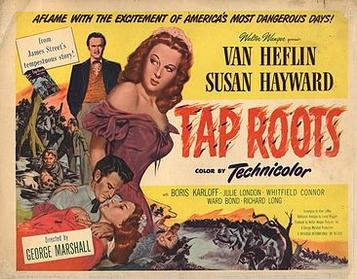A resurgence of black identity in Brazil? Evidence from an analysis of recent censusesPosted in Articles, Brazil, Caribbean/Latin America, Census/Demographics, Media Archive, Social Science on 2015-10-12 00:27Z by Steven |
A resurgence of black identity in Brazil? Evidence from an analysis of recent censuses
Demographic Research
Volume 32
Article 59 (2015-06-18)
pages 1603-1630
DOI: 10.4054/DemRes.2015.32.59
Vítor Miranda
Population Studies Center
University of Pennsylvania
Background: The second half of the 20th century brought a sharp increase in the number of people self-identifying as “brown” in the Brazilian Censuses. Previous studies have demonstrated that this was not the result of demographic forces, such as differential birth rates, but of a large number of people changing their response in the censuses from “black” or “white” to “brown”. Despite the increased black political activism of the last two decades, whether this historical pattern of racial reclassification continued after 1990 has not yet been systematically investigated.
Objective: This study investigates if the increase in identity politics by the Brazilian black movement since the 1990s was associated with a number of people changing their answers in the census from non-black to black.
Methods: The residual method is used to estimate a counterfactual scenario: what the distribution of the population by race would look like in the 2000 and 2010 censuses if no racial reclassification had occurred during the 1990s and 2000s.
Results: The “black” category experienced net gains of 2.2 million and 3.1 million newly reclassified members in the 2000 and 2010 censuses, respectively. By 2010 at least one in every three people in the black population was a newly reclassified black. The increase was particularly strong among males and the younger generations.
Conclusions: The historical flight from blackness in Brazil documented by previous studies has reversed in the last two decades. This suggests that the increased black activism might have been successful in valorizing black identity and increasing identification with blackness.
Table of Contents
- Introduction
- Racial statistics in Brazil
- Earlier studies and open questions
- Analytic strategy and data
- Results
- Alternative scenarios: Mortality, international migration, and census coverage
- Conclusions and discussion
- Acknowledgments
- Reference
Read the entire article here.

